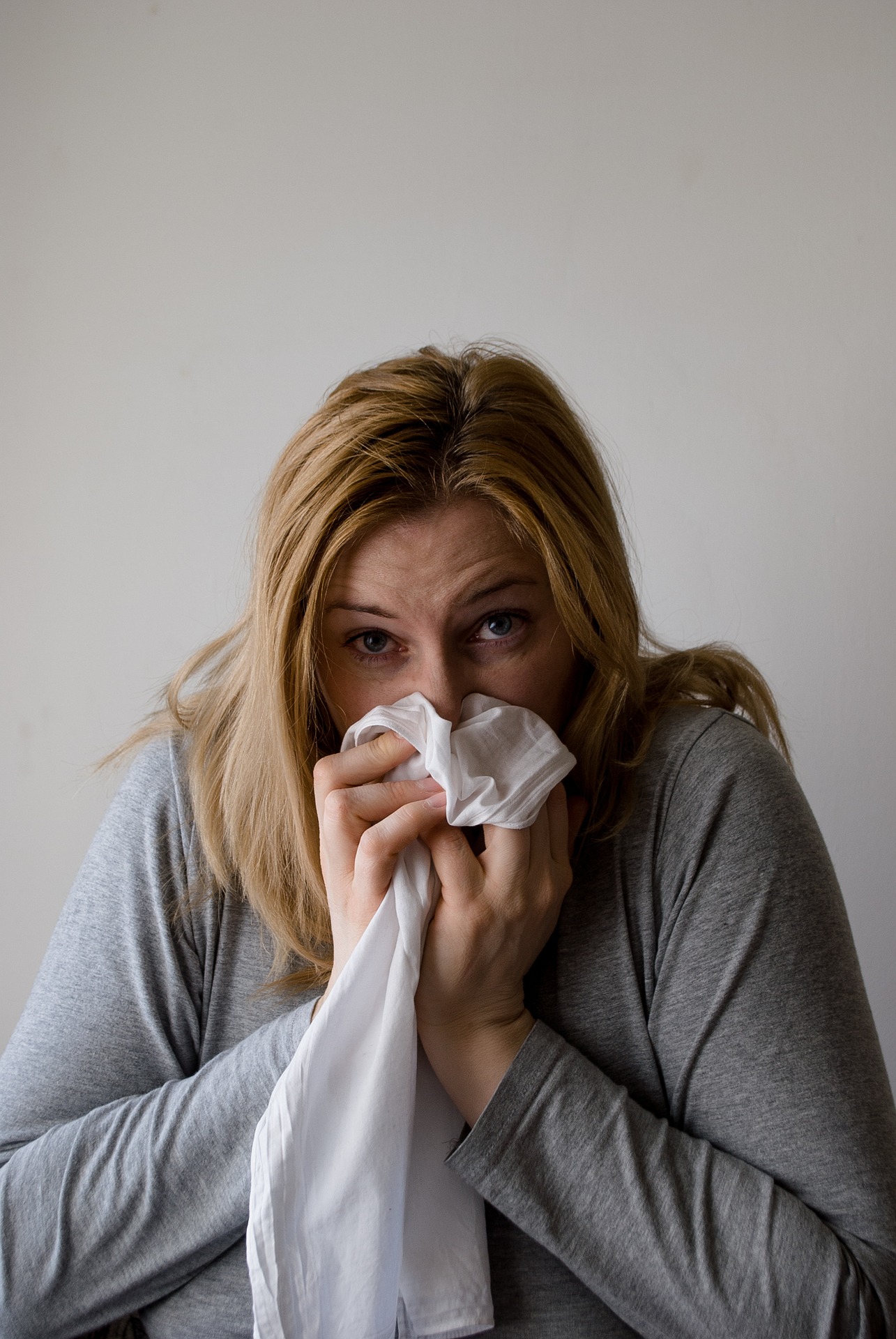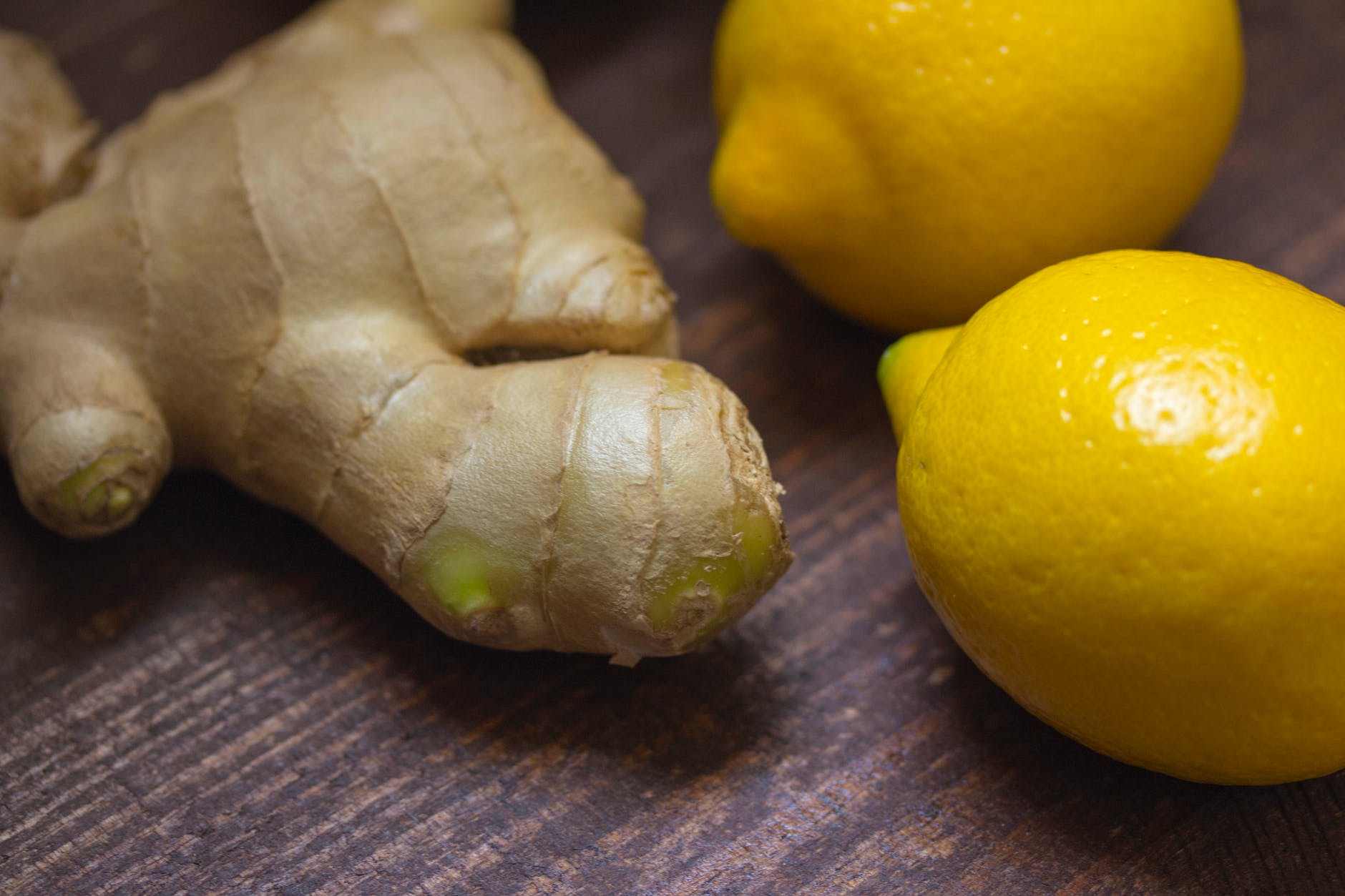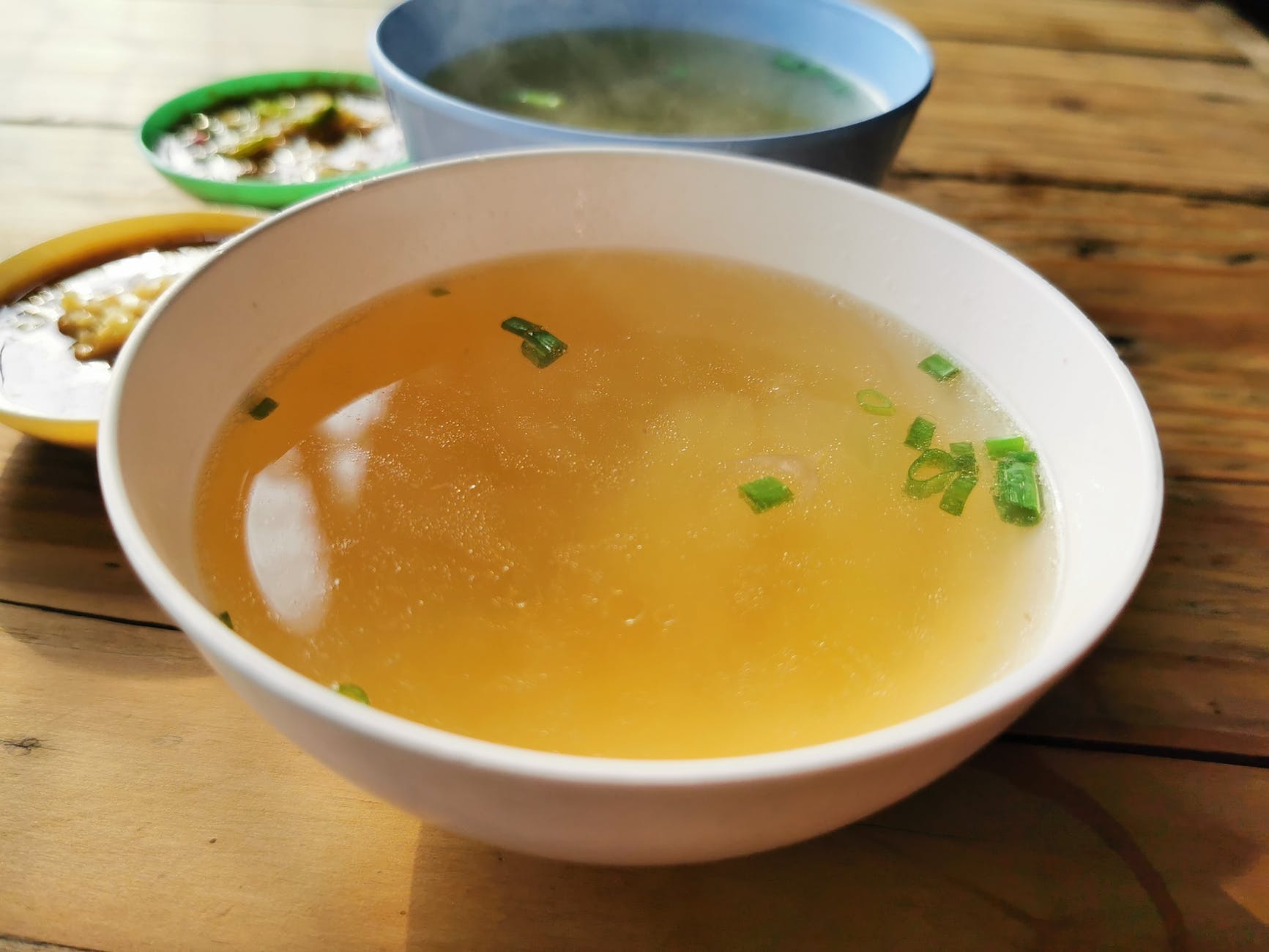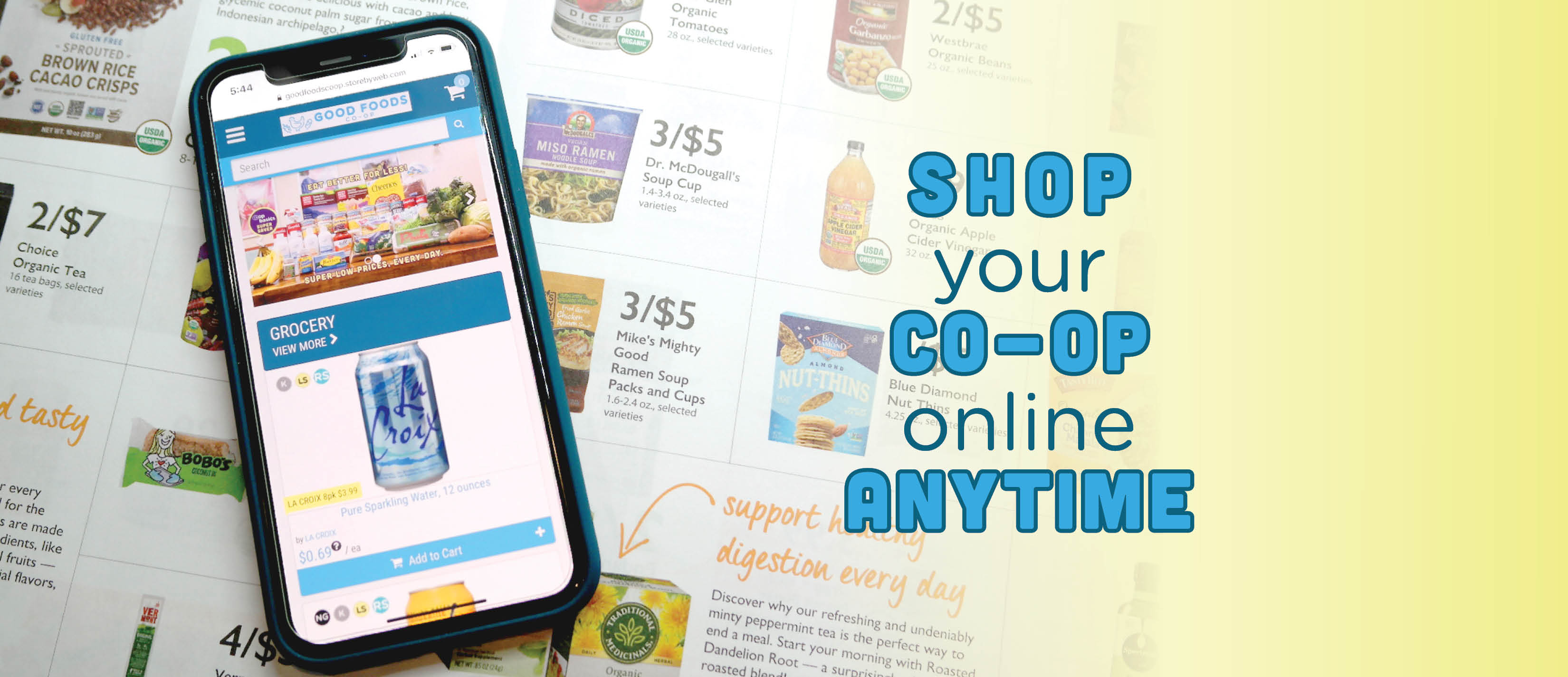
If you’re anything like me, being sick is probably not on your list of favorite things to do. Whenever I start to feel like I might be getting a sniffle or a scratchy throat, I start my Destroy-The-Illness-At-All-Costs protocol which involves trying a handful of things that I’ve heard are beneficial and hoping for the best. If I do actually end up getting sick, I do the same thing, but with different attempted remedies.
I’m pleased to say I’ve only felt truly, spend-every-waking-hour-on-the-couch sick one full day this cold and flu season, despite the fact that pretty much everyone I know has been down for the count for at least a week, so apparently I’m doing something right. My problem was I couldn’t be sure what exactly was working for me, or why. I also didn’t know what methods worked for other people that I should consider trying, so I sought the recommendations of others (i.e. my coworkers) and then checked out some of the science behind the products and methods we use to fight colds and flus.
The Supplements

When I asked my fellow Good Foods-ers what their go-to cold and flu products were, the vast majority of them could be divided into three categories: prevention, cough, and congestion. Emergen-C and/or vitamin C powder was a popular choice for the first category, and that’s no accident: studies say it appears to reduce the severity of the common cold and boost immunity in general.
Elderberry syrup was another product that was frequently mentioned and happens to be on my checklist too. It may also help reduce the severity and duration of symptoms and boost white blood cell count, therefore boosting immunity. Oregano was brought up a few times in my survey as well. I like to diffuse the oil, Ta-Nicka uses the leaves in tea and Paige prefers the supplement, but regardless of the form, test-tube studies revealed that it has antiviral properties that help fight colds and flus.

The Foods
Some people’s routines started once the symptoms started, and several of them seemed to be aimed at breaking up congestion. The cold buster shot from our cafe was a crowd favorite. The ginger has anti-inflammatory properties that can ease congestion and the cayenne pepper not only clears nasal passages but helps reduce pain including sinus pain. Echinacea has antiviral properties and lemon can boost the immune system, so the juice can help eliminate symptoms while helping fight colds and flus altogether.
I’m also a fan of the instant relief that peppers bring, in addition to being a fan of chili garlic sauce in general, so any time I have sinus issues, I put them in EVERYTHING. Considering I typically only want to eat soup when I’m sick (especially our carrot ginger variety,) that’s not really saying much, but if you want your nasal congestion to be gone immediately, peppers definitely and instantly work for me.

The Liquids
Chicken soup, Tony’s favorite home remedy, seems to be more than just comfort food. Though the populations were small, two different studies showed that chicken soup helps thin and move mucus. When you take his suggestion to make your own using bone broth, it adds anti-inflammatory properties, can help with digestive issues and may even help with sleep.
Bambu loves a hot bath with Epsom salt (which can help with muscle aches, stress, and sleep issues) and essential oils including eucalyptus, which is one of my favorite congestion-fighters too. It’s an ingredient in VapoRub if that tells you anything. The vapor can help loosen phlegm and act as an expectorant in several forms. I like to add the oil to a shower tablet or diffuse it, while Kathryn prefers to use the roll-on method.
The Cough Suppressants
When it comes to coughs, Sheryl swears by Old Indian Wild Cherry Bark Syrup. It provides the one-two punch of expectorant and cough suppressant in addition to being a sedative. Kathryn prefers Thayer’s lozenges, the main ingredient of which is slippery elm bark which contains a compound that coats and soothes the throat and helps calm coughs.
Ellen loves Ricola cough drops, which have menthol as the main ingredient that anecdotal evidence suggests can break up and move mucus, making it easier to expel. I go through an absurd amount of GT’s Cayennade when I have a cough, and I never quite knew why other than because Sheryl recommended it. Apparently, in addition to being a decongestant and pain-reducer, cayenne pepper acts as an expectorant and lemon may help reduce phlegm.

The Teas
More than half of the people I surveyed mentioned that they drink tea throughout their sicknesses. Tea is not only comforting and soothing in general, but there are so many beneficial ingredients included in most teas that it’s actually hard not to find a tea that will help with something. If you need help finding a certain tea, figuring out which tea is best for your symptoms or want to ask one of our team members what their favorite tea is, just stop by your Co-op!
We can also help you find any of the products mentioned in this blog post since they’re all right here in the store, and our Wellness Department can guide you toward any supplements you may be interested in. If you’re looking to fight colds and flus, Good Foods is the place to be!

